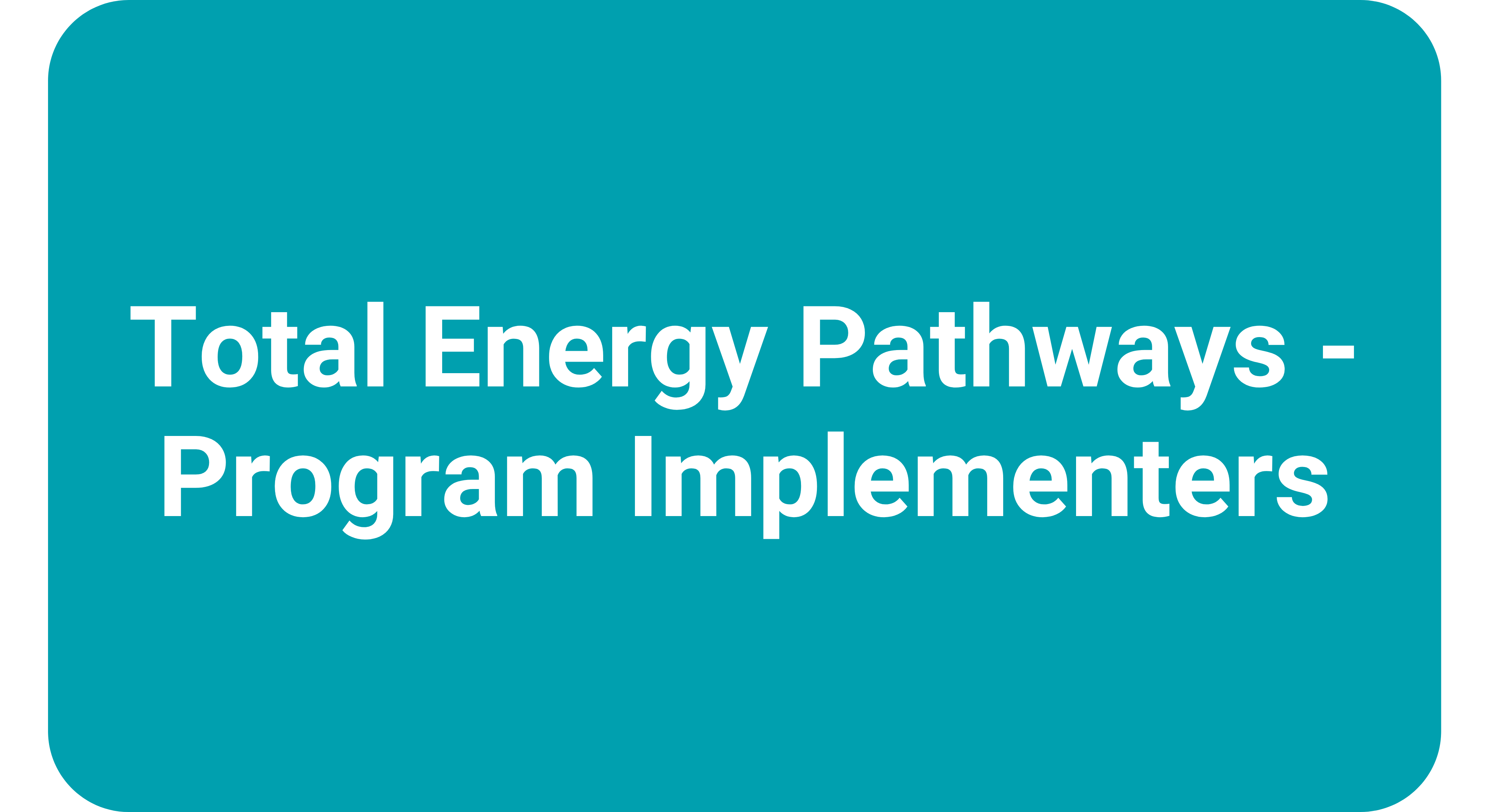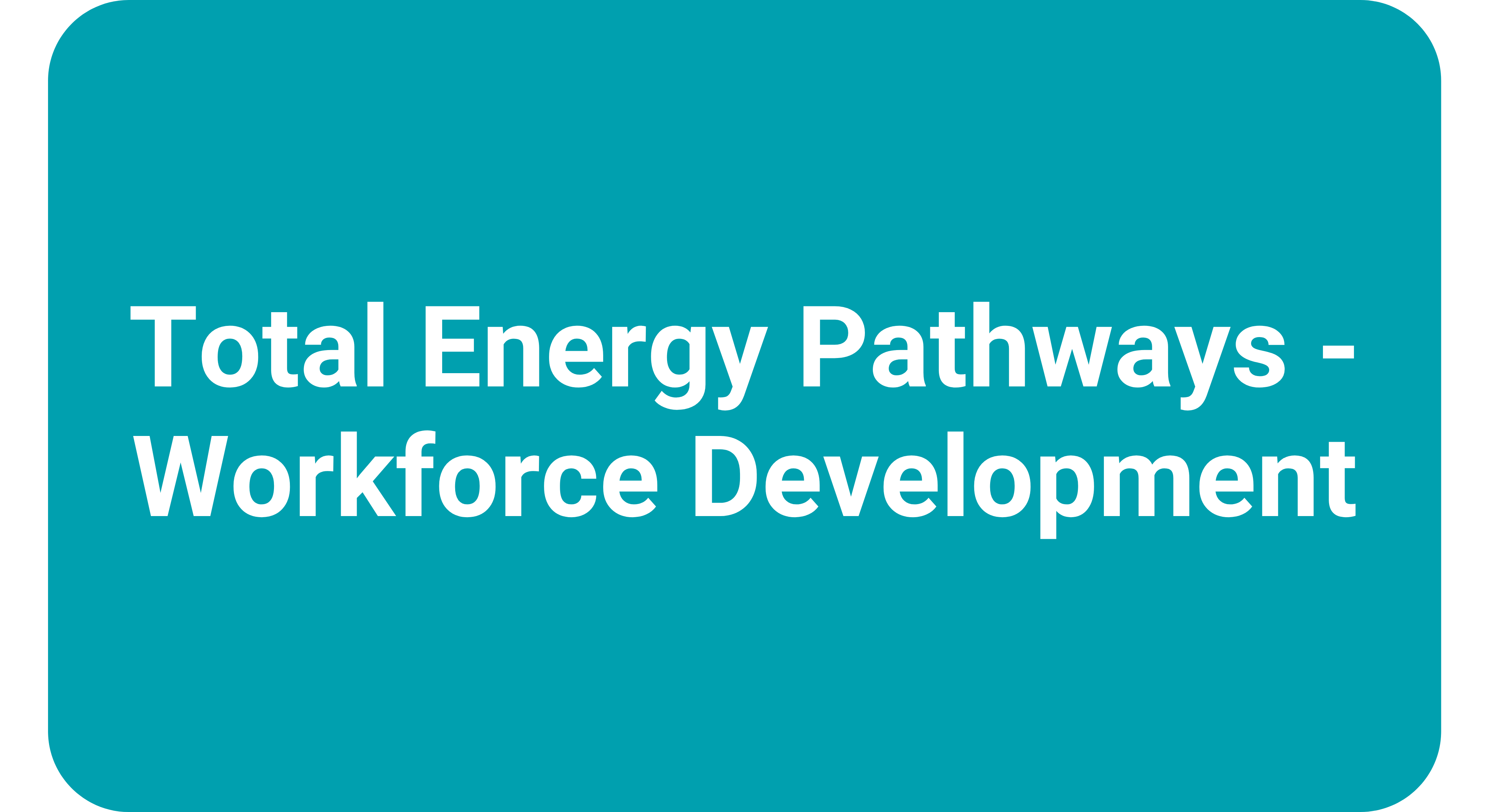
Homes emit 20 percent of total annual carbon emissions in the Northeast, largely from the direct use of fossil fuels - heating oil, propane and natural gas - for space and water heating. As 70 percent of homes were built before energy codes required even minimum weatherization levels, achieving climate stabilization goals requires strategic efficiency retrofits and efficient electrification with access to renewable electricity. The region’s housing stock offers a huge opportunity for energy savings and carbon reductions; however, capturing this potential within the home energy improvement market has proven to be quite a challenge.
Organizations have been tackling this issue to drive residential energy efficiency retrofits, but the need for comprehensive solutions to achieve ambitious goals has made it a more urgent priority for program managers and implementers. Combining the strategies of weatherization, high-efficient heating and cooling systems, and renewable electric generation (e.g. solar PV) can maximize reductions of fossil fuel use in existing homes and radically reduce greenhouse gas emissions. Through research compiled in NEEP's Regional Retrofit Program Matrix, the current state of the market reveals a trend of piecemeal retrofit offerings for weatherization, HVAC, and solar PV. We are seeing very few bundled approaches in the market.
The TEP project team is taking the lessons learned from the Zero Energy Now (ZEN) pilot in Vermont and expanding it to other states and communities throughout NEEP region. To learn more about the regional program (program implementers) and the need to scale the contractor workforce – and focusing on underrepresented communities – to meet the demand for TEP projects, visit those pages linked below.


